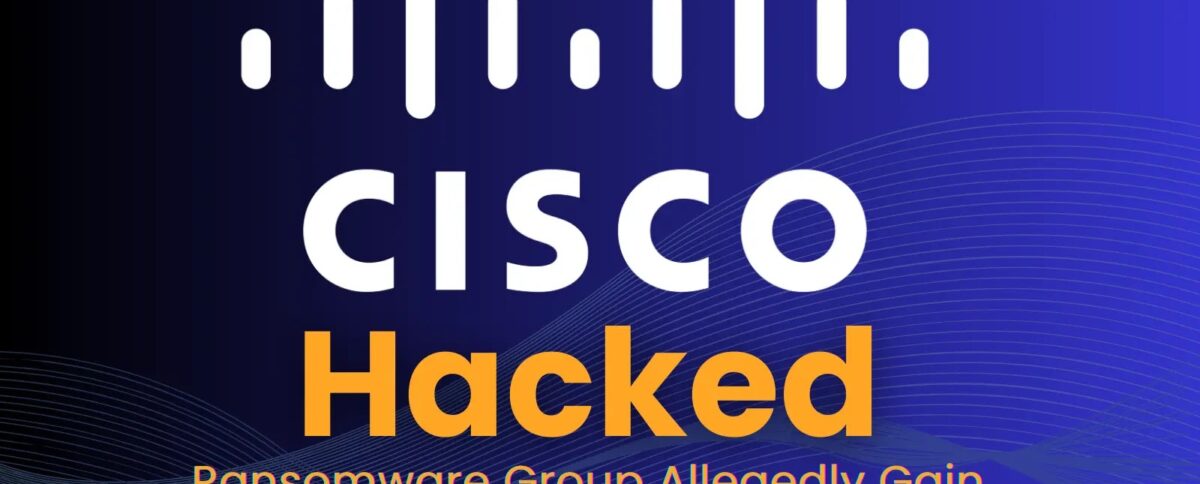
Cisco’s recent breach, attributed to the Kraken ransomware group, underscores a significant escalation in cyberwarfare tactics. This breach, which leaked sensitive internal network credentials, exemplifies the risks posed by advanced cyber adversaries, including nation-state actors and organized cybercriminal groups. The leaked dataset, which includes usernames, NTLM password hashes, and other critical information from Cisco’s Windows Active Directory, could allow attackers to escalate privileges and potentially deploy ransomware or other malicious payloads within the network. This breach is particularly concerning because it highlights the growing use of credential-dumping tools like Mimikatz, which allow attackers to extract sensitive information from system memory. These tools, often utilized in cyber warfare, provide attackers with the means to carry out lateral movement within an organization, compromising systems and establishing persistent access.
This breach poses several implications within the broader context of cyberwar. The involvement of credential harvesting, privilege escalation, and lateral movement via compromised domain controllers points to a highly sophisticated attack strategy. It is highly likely that the breach involved not only cybercriminals but potentially state-sponsored actors looking to infiltrate critical infrastructure. The long-term access suggested by the attackers in their communications implies the possibility of future exploitation, either in the form of data exfiltration or operational disruption, which could have serious implications for global cybersecurity dynamics.
Key Insights from Cisco’s Cybersecurity Breach:
1. Advanced Threat Actors: This attack demonstrates the increasing capabilities of cybercriminals and nation-state actors, who are leveraging complex tools for long-term persistence in target networks.
2. Credential-based Attacks: The exposure of NTLM password hashes is a major concern, as attackers can use them for techniques like Pass-the-Hash or Kerberoasting to escalate privileges and execute malicious payloads.
3. Cyberwarfare Techniques: With the leaked credentials from Cisco’s domain controllers, the attackers are positioned to execute strategic moves within the organization, including deploying ransomware or executing further attacks on other critical systems.
Mitigation Strategies and Cyberwar Preparedness:
In the context of escalating cyber threats, organizations must adopt proactive defense strategies to safeguard against sophisticated cyberattacks:
1. Password and Authentication Hardening: Enforcing multi-factor authentication (MFA) and restricting NTLM authentication can significantly reduce the risk of credential-based attacks.
2. Continuous Monitoring: Implementing network monitoring systems to detect unusual activities and privilege escalation attempts is critical for early identification of breaches.
3. Incident Response: Developing a robust incident response plan that includes regular forced password resets and comprehensive audits of domain controller access can help mitigate the impact of breaches.
As cyberwarfare continues to evolve, leveraging cutting-edge defense tools, including Endpoint Detection and Response (EDR) and Security Information and Event Management (SIEM) systems, will be crucial for detecting and defending against persistent and increasingly sophisticated attacks. This breach serves as a stark reminder that cybersecurity is not just an IT issue but a critical element of national and global security.
Source: Cyber Press Research (for further analysis of the Cisco breach and similar cyber incidents).
https://vero.co/site/tokenise-stock-exchange-overview
